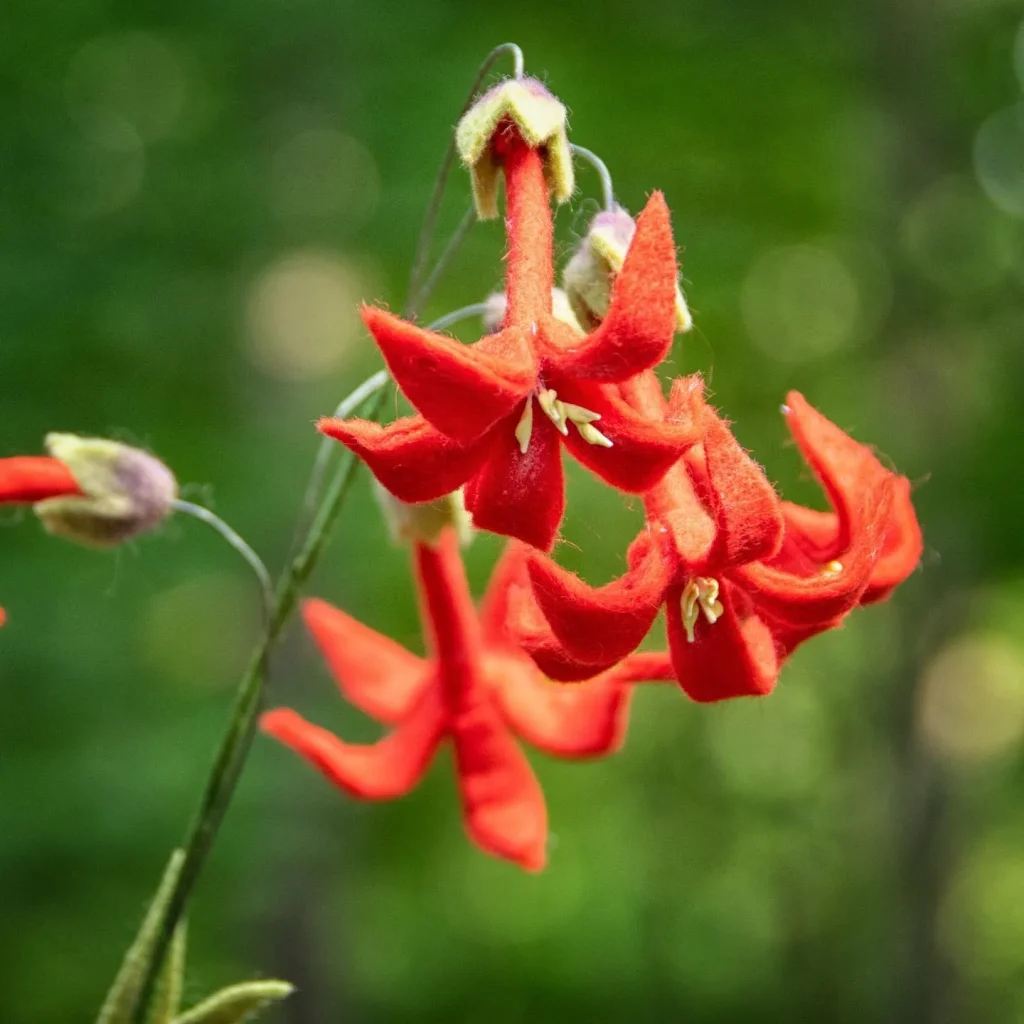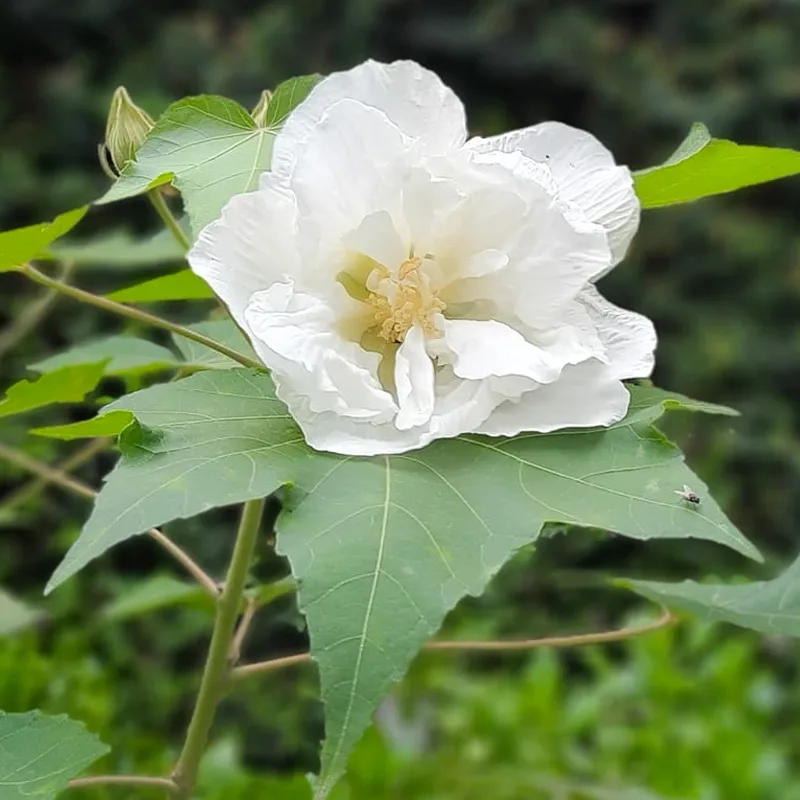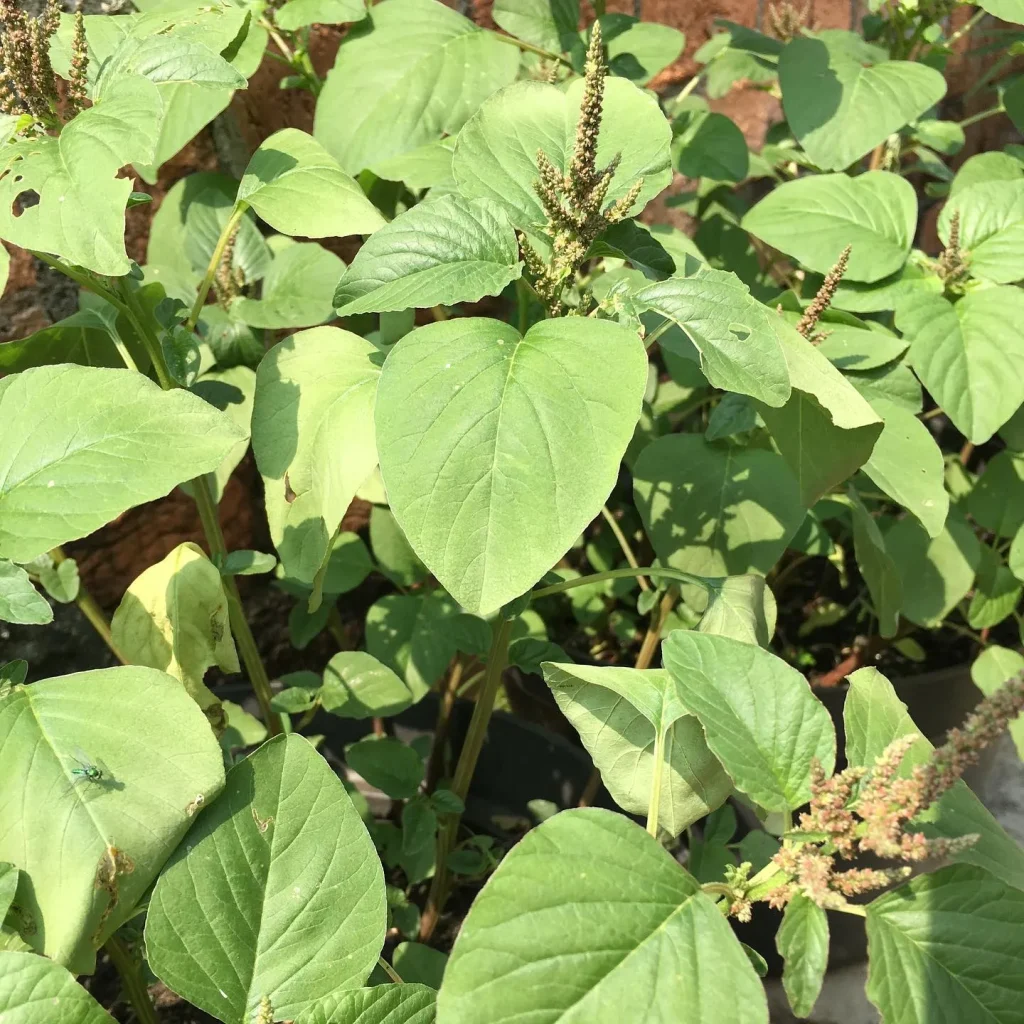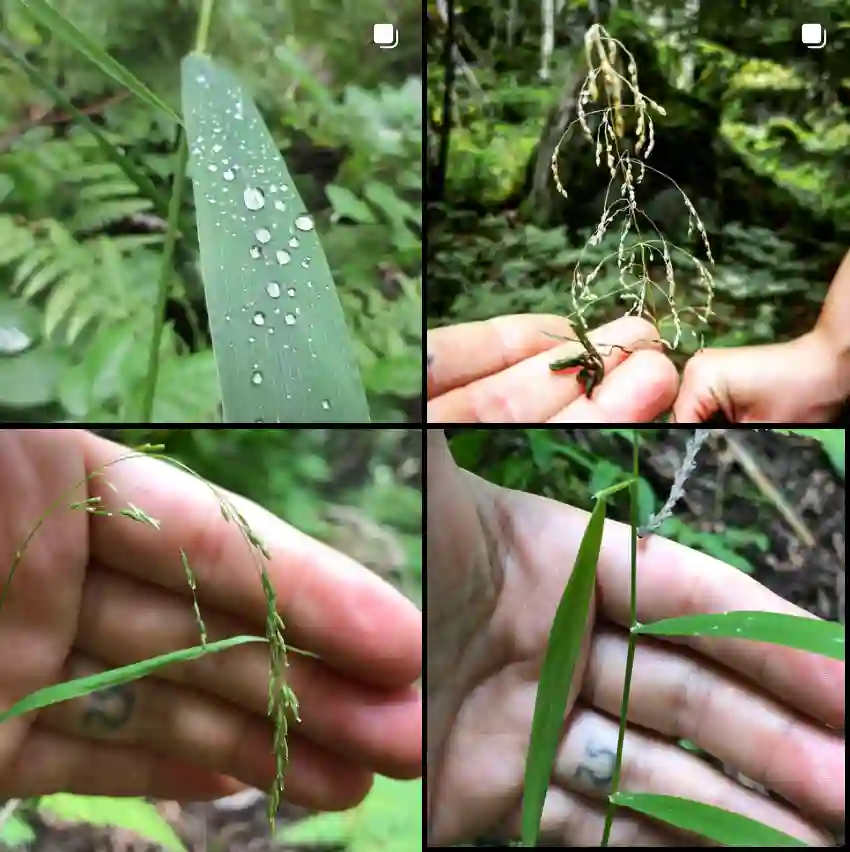What is Ficus Insipida?
For plant enthusiasts drawn to the tropics, the Ficus Insipida is a fascinating species. This tree, native to the region stretching from Mexico to South America, thrives in wet, warm environments. But beyond its geographical appeal, the Ficus Insipida boasts a surprising versatility. Let’s delve into some of the most common questions surrounding this unique plant.
The “Ficus” portion of the name identifies it as belonging to the fig genus, a large and diverse family known for its fleshy fruits. “Insipida” comes from Latin, translating to “tasteless” or “insipid.” This aptly describes the Ficus Insipida’s fruit, which, unlike its domesticated cousins, is not particularly palatable for humans.
880 Species in Genus Ficus
Tree Power: Size and Habitat
Imagine a towering presence in the lush rainforest canopy. That’s the Ficus Insipida in its natural habitat. It can reach heights exceeding 20 meters (65 feet), its branches spreading wide to capture the dappled sunlight filtering through the leaves. Often found in cloud forests above 1,500 meters (4,900 feet) in elevation, it thrives in cool, humid environments with ample rainfall.
What are benefits of Ficus Insipida?
While the Ficus Insipida may not be a star on the fruit platter, its uses extend far beyond simple aesthetics. Here’s a glimpse into its diverse applications:
- Food Source: Though not directly enjoyed by humans, the Ficus Insipida serves as a vital food source for various animals, particularly birds who relish its small, bumpy fruits.
- Medicinal Potential: Folklore suggests the Ficus Insipida may possess medicinal properties. However, thorough scientific research is needed to validate these claims and determine safe usage. Due to potentially toxic components, consulting a medical professional before using any part of the plant is crucial.
- Fiber and Fuel: The bark of the Ficus Insipida has traditionally been used to create strong fibers for various purposes. Additionally, the wood itself can be used as fuel.
- Ecological Role: The Ficus Insipida plays a vital role in its ecosystem. Its large canopy provides shade and shelter for various creatures, while its roots help stabilize the soil and prevent erosion.
Ficus Insipida vs. Ficus Carica (Common Fig)
Both Ficus Insipida and Ficus Carica (the common fig) belong to the same genus, but their paths diverge considerably. Here’s a quick comparison:
- Habitat: Ficus Insipida thrives in the cool, humid tropics, while Ficus Carica prefers warm, Mediterranean climates.
- Fruit: Ficus Insipida’s fruit is small and inedible for humans, while Ficus Carica produces the sweet, fleshy figs we enjoy.
- Uses: Ficus Insipida finds use in fiber, fuel, and potentially medicine, while Ficus Carica reigns supreme as a delicious fruit and ornamental plant.
How to grow Ficus Insipida?
For those with access to greenhouses or suitable climates, cultivating a Ficus Insipida can be a rewarding experience. Here are some key considerations:
- Temperature: Aim for consistent warmth, ideally between 18-24°C (64-75°F).
- Humidity: Replicate the rainforest environment by maintaining high humidity levels.
- Light: Provide bright, indirect sunlight. Avoid harsh, direct sun exposure.
- Soil: Use well-draining, fertile potting mix.
- Watering: Water regularly, allowing the top inch of soil to dry slightly between waterings.
Remember, the Ficus Insipida is a large tree. Ensure you have ample space to accommodate its growth.
Final Thoughts on the Ficus Insipida
The Ficus Insipida may not be a household name, but its significance in the tropical ecosystem is undeniable. From providing food for animals to stabilizing the soil, it plays a vital ecological role. Additionally, its potential uses in fiber, fuel, and even medicine warrant further exploration. Whether you encounter it in its natural habitat or cultivate it in a greenhouse, the Ficus Insipida offers a glimpse into the fascinating diversity of the plant world.
If i die, water my plants!



